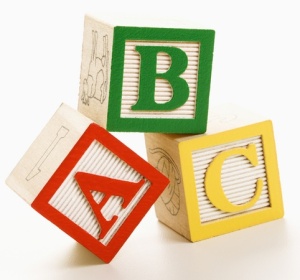The description below is nothing particularly new, it’s from an article in NorthJersey.com about how Newark Aiport is increasingly popular as a hub airport for traffickers moving heroin and cocaine from Central America to Europe. As you’re reading, just ask yourself this: Is this really the best way we have of stopping children from taking drugs? Isn’t there a simpler way? You know, like maybe regulating the sale in shops here in the US?
Three federal law enforcement agencies share responsibility for interdicting and investigating drug smuggling at the airports: U.S. Customs and Border Protection, the front-line defenders who “sniff out” the couriers; U.S. Immigration and Customs Enforcement’s Homeland Security Investigations directorate, which takes over the investigations; and the U.S. Drug Enforcement Administration, which manages a national drug intelligence program aimed at taking down domestic and international drug organizations.
When couriers are caught, the game plan is to quickly flip them and get them to turn in the people who were to pick up the drugs in the hope of developing leads that could eventually dismantle a network.
Within minutes of agreeing to cooperate, a courier is often deployed in a “controlled delivery” that results in additional arrests in the arrivals terminal or the airport parking lot.
“The courier is a great help, but most often the courier doesn’t have all the information on who the ultimate receiver is going to be,” said Mark Witzal, a deputy special agent in charge of ICE Homeland Security Investigations in New York.
“Everything is very compartmentalized. They only know enough of what they need to get into the country and then where they need to go,” Witzal said. “It’s for us to build a case using the information that we can get from a cooperator, be it a courier, information we might get from other sources, and also through a lot of different investigative techniques.”
“It’s a daunting task,” Witzal said. “Investigations are multiyear in scope. To take out, disrupt and dismantle an organization, it takes a significant amount of time.
Clearly, the purpose of the government’s drug strategy isn’t just to stop children from taking drugs, it’s to stop everyone from taking drugs. Sometimes, I think we all just need to look at that and ask why? Why is it so important to so many people that I don’t put this particular substance in my body?




